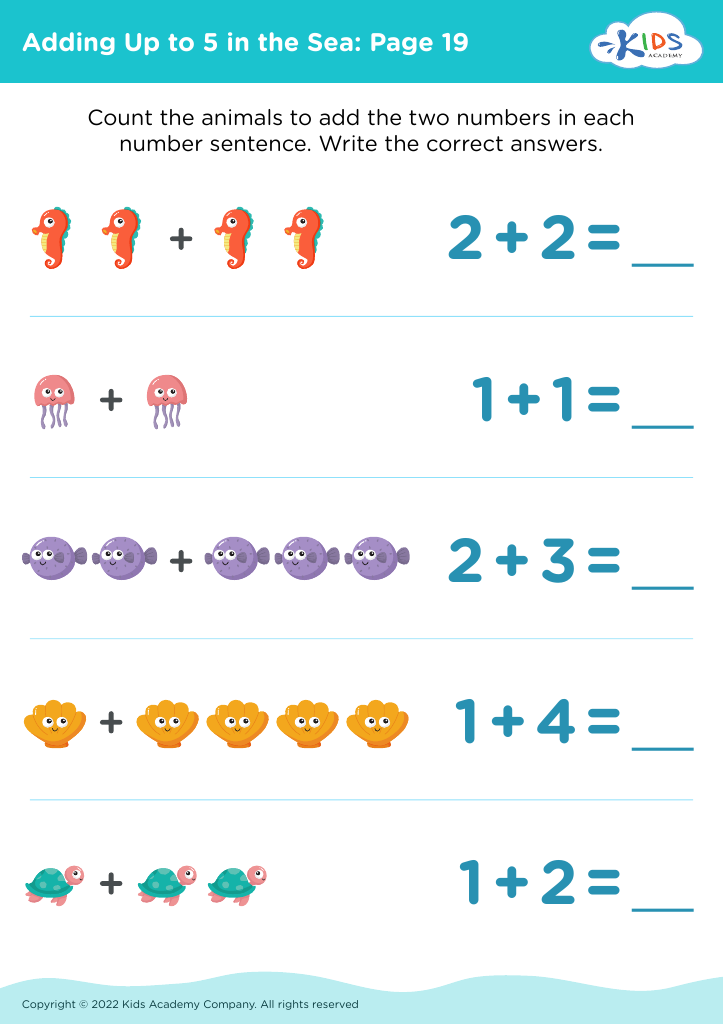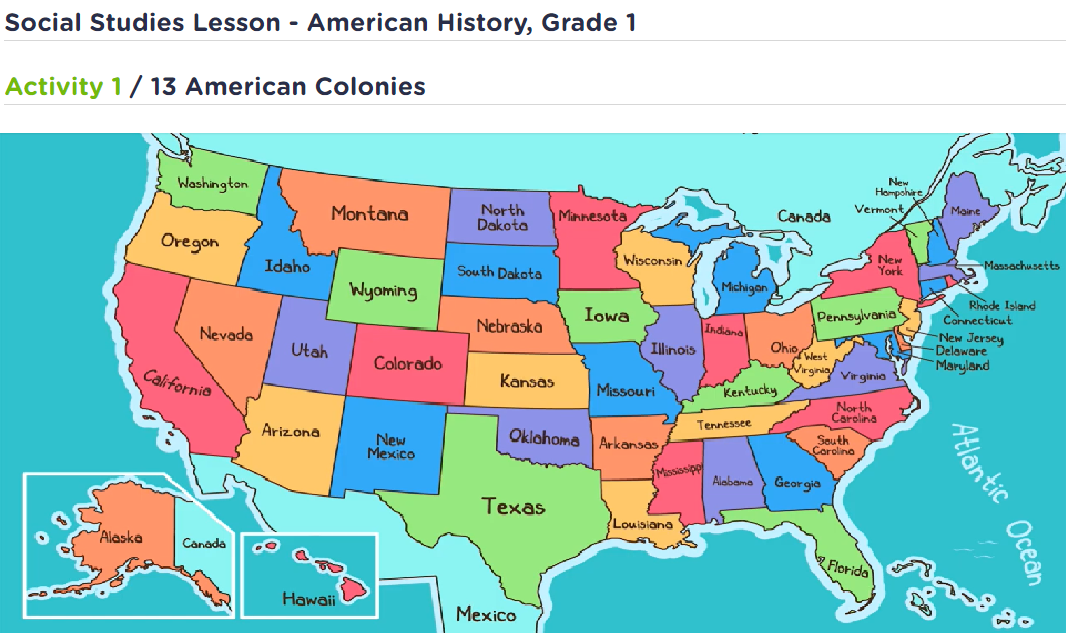Understanding Sequences Math Worksheets for Ages 4-6
10 filtered results
-
From - To
Welcome to our “Understanding Sequences Math Worksheets” for children aged 4-6! These engaging worksheets are designed to introduce young learners to the concept of sequences in a fun and interactive way. With colorful illustrations and age-appropriate activities, children will explore patterns, ordering, and the logical arrangement of objects and numbers. Our worksheets help develop essential skills that lay the groundwork for future math concepts. Encourage your child’s critical thinking abilities, hand-eye coordination, and problem-solving skills through enjoyable exercises that make learning sequences an exciting adventure. Dive into the world of sequences today and watch your child flourish in their numerical understanding!
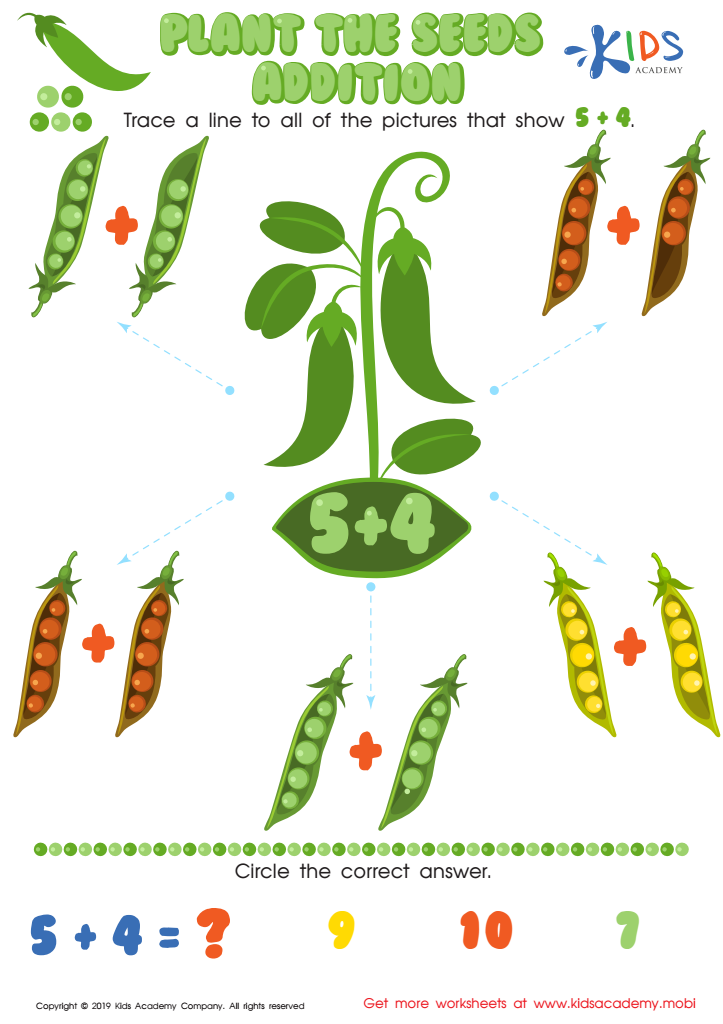

Plant the Seeds Addition Worksheet
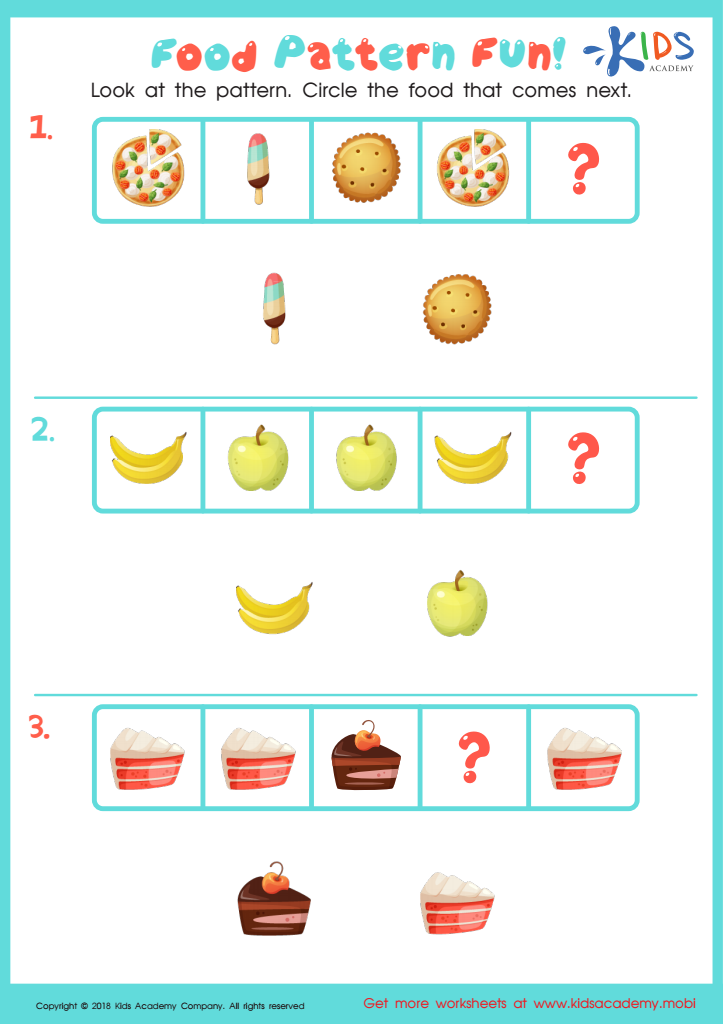

Food Pattern Fun Worksheet
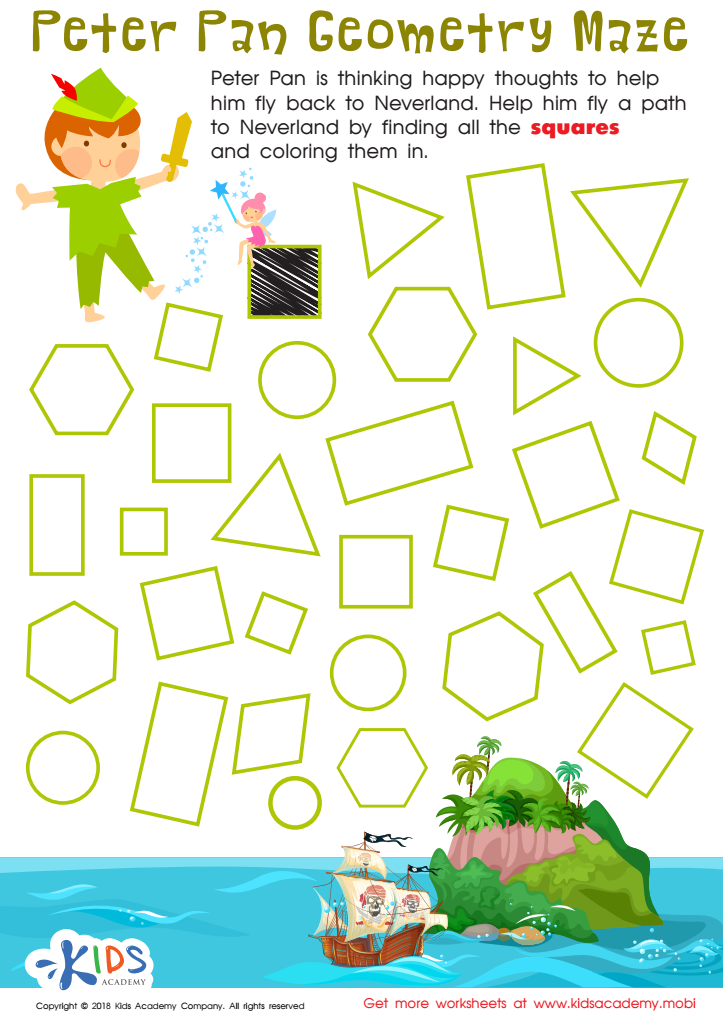

Peter Pan Worksheet
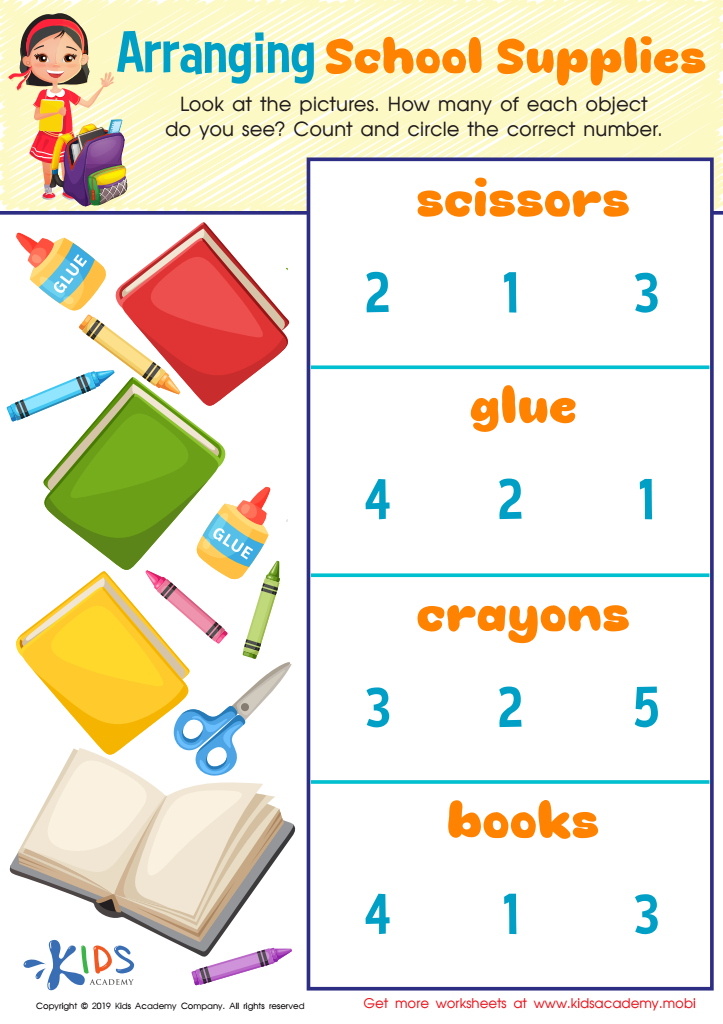

Arranging School Supplies Worksheet
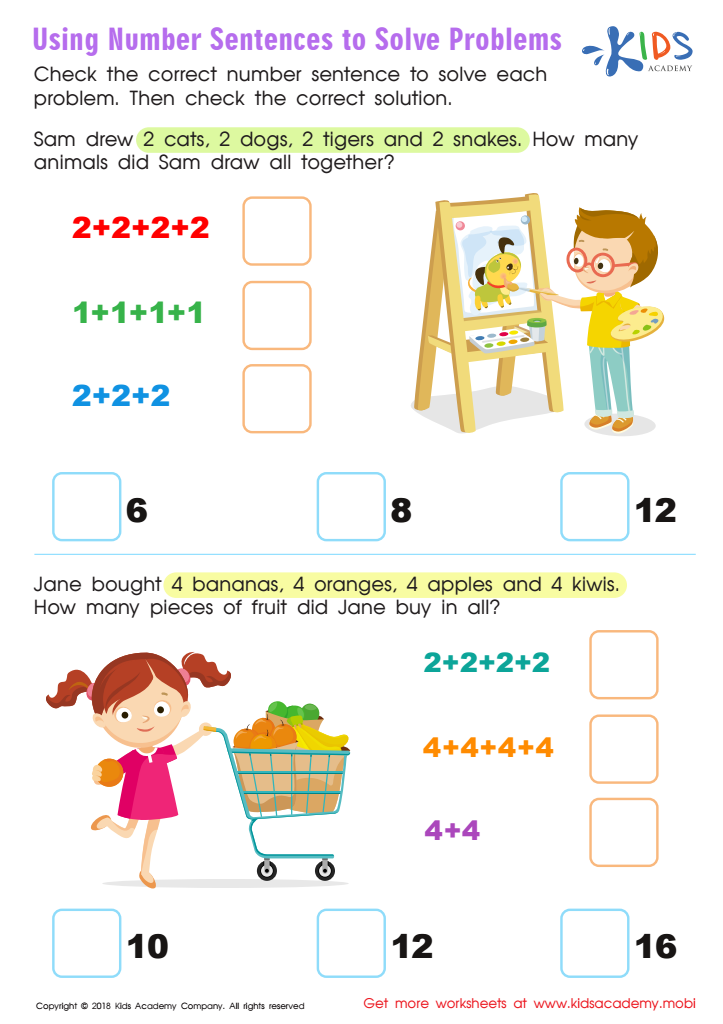

Using Number Sentences to Solve Problems Worksheet
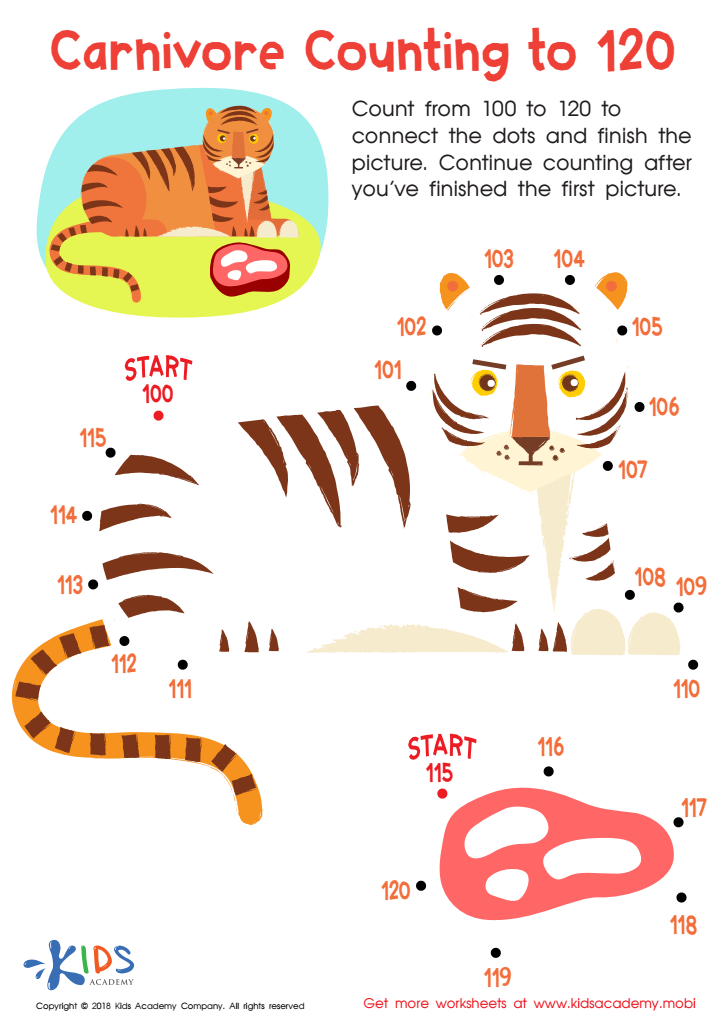

Carnivore Counting to 120 Worksheet
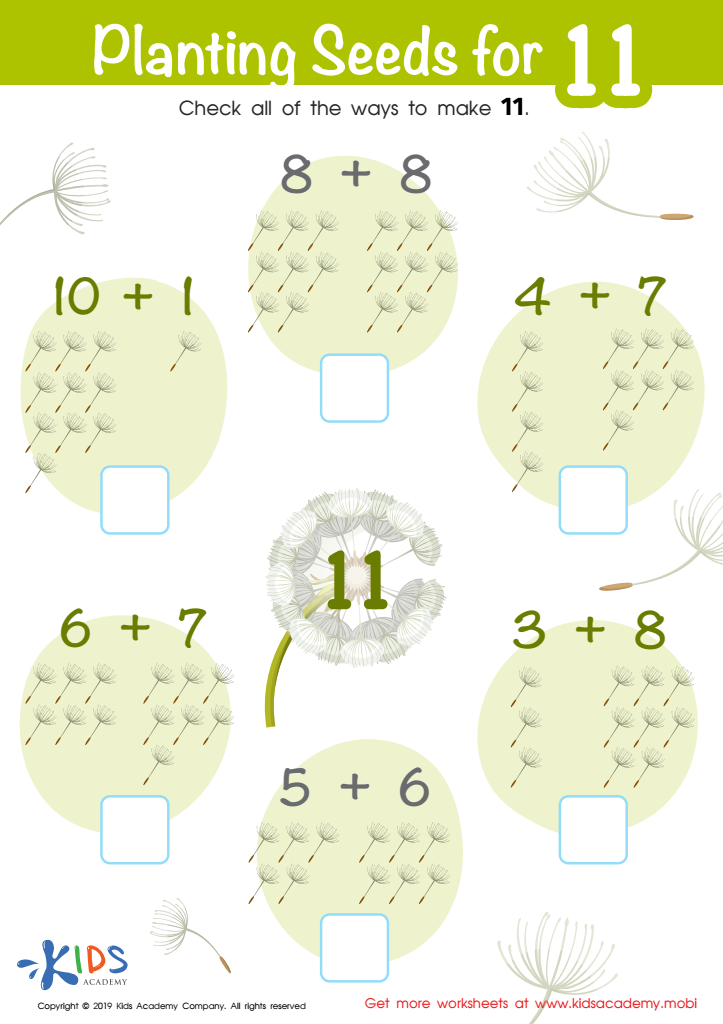

Planting Seeds for 11 Worksheet
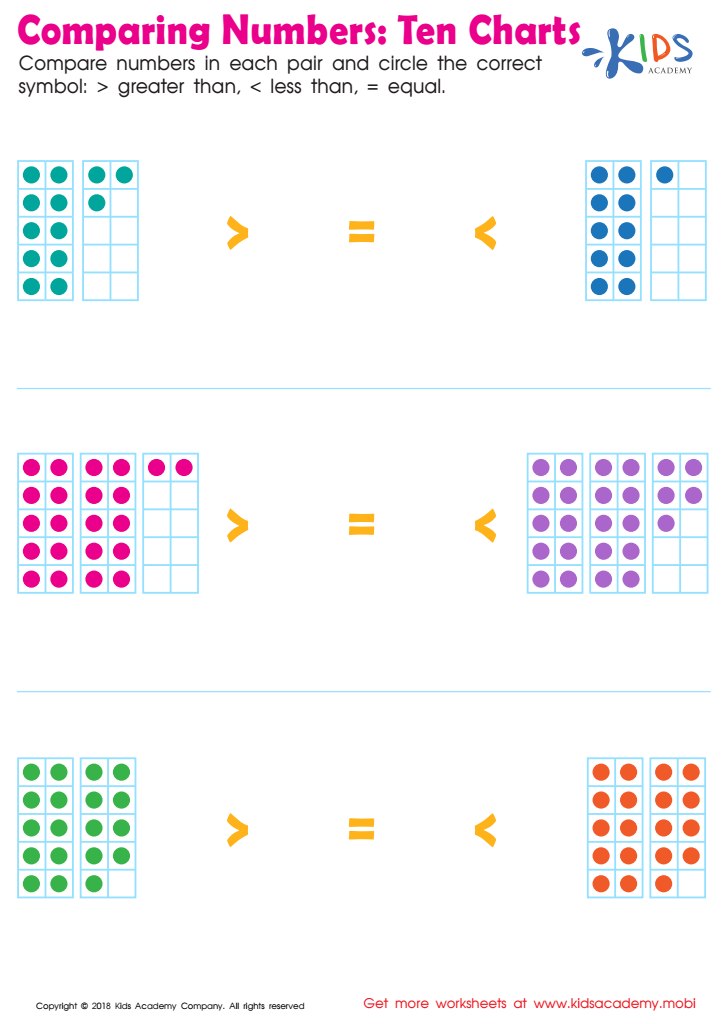

Ten Charts Worksheet
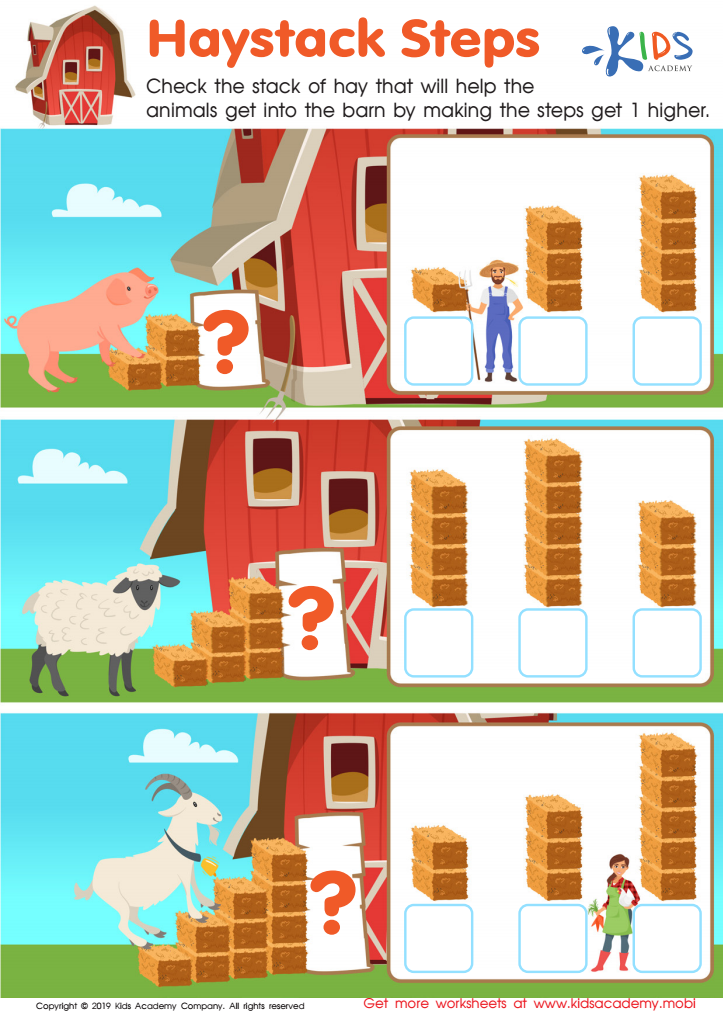

Haystack Steps Worksheet
Understanding sequences in math is crucial for young learners aged 4-6 as it establishes a foundational skill that supports future mathematical concepts. Sequences help children recognize patterns, which is essential for problem-solving and critical thinking. When children learn to identify and create sequences, they develop logical reasoning skills that aid in comprehension across various subjects.
Additionally, mastering sequences enhances children's ability to grasp counting and number patterns, making it easier for them to tackle addition, subtraction, and later more complex operations. This groundwork is integral to cognitive development during these critical early years.
From a social perspective, recognizing sequences can also bolster language skills. Children often associate sequences with order and structure, which helps in organizing thoughts and ideas in both speech and writing. Because of this connection, engaging with sequences fosters overall cognitive and linguistic growth.
For parents and teachers, promoting sequence understanding can lead to increased confidence in math, reduce anxiety around the subject, and instill a sense of curiosity and exploration. Ultimately, nurturing these skills in young children equips them not only for academic success but also for everyday life challenges where pattern recognition and logical thinking are essential.
 Assign to My Students
Assign to My Students
